DESIGNING A LANDMARK
The Circle Returns: Big Ideas in Circular Master Plans
In recent years, there has been a noticeable trend in the design world: the revival of the circular form in large-scale master plans. From iconic architectural proposals to urban-scale park designs, the circle—long a symbol of unity, continuity, and inclusion—is making a bold return in how we envision the built environment. This isn't just a stylistic move. The circle is being used to challenge conventional grids, create new types of communal spaces, and frame spatial experiences in unexpected ways. I’ve been keeping an eye on this design movement. Here are a few key moments that caught my attention:
2010 OMA’s West Kowloon Cultural District, Hong Kong
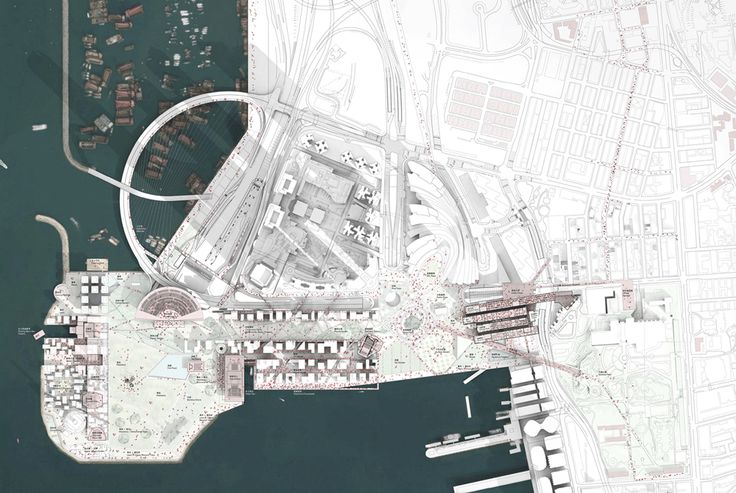
OMA’s conceptual master plan for Hong Kong’s West Kowloon District explored a circular gesture not only as a visual landmark but as a spatial device to organize art, performance, and market “villages” within a vibrant public park. Though it was never realized, the concept left a lasting impression on how large urban districts could be tied together through a unifying circular move.
2015 James Corner Field Operations – Central Green, Philadelphia Navy Yard
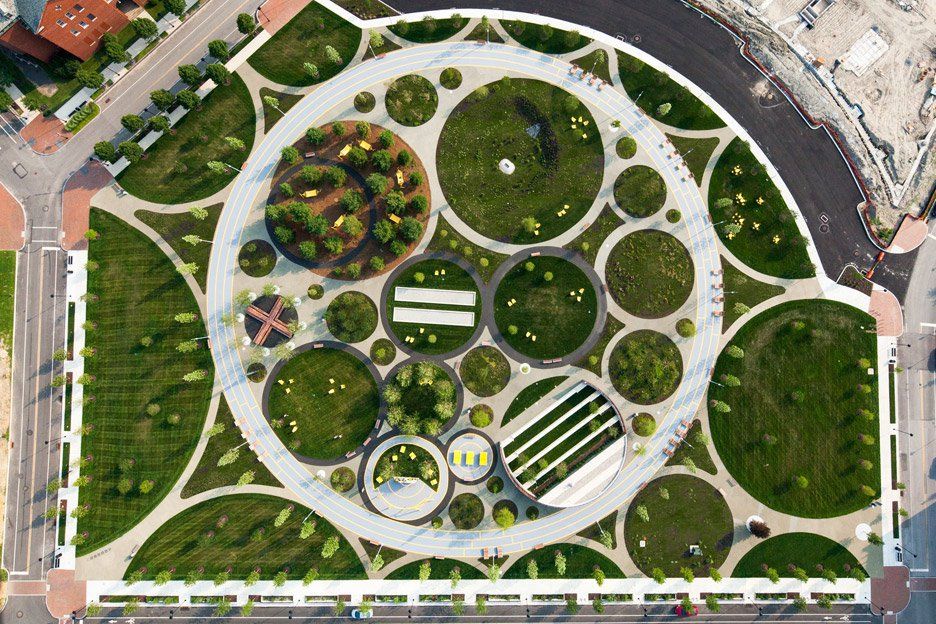
James Corner’s design for Central Green embraced a circular running track and central lawn, creating an active yet meditative space in the middle of a redeveloped industrial district. The circle served both as a functional framework and a social magnet, demonstrating how simplicity in geometry can powerfully shape behavior and interaction.
2017 Apple Park by Norman Foster
https://en.wikipedia.org/wiki/Apple_Park
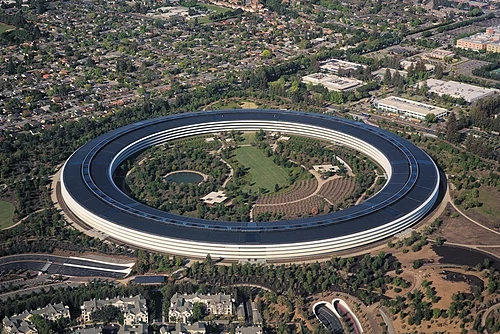
2019 Reflecting on Aoya company: A Circle of Creativity and Purpose
Six years ago, I had the chance to be part of something truly special—a project with Aoya that still lingers in my memory, not only for its design challenges but for the unique opportunity it gave me to shape a space where architecture and landscape harmonized beautifully. The heart of the project was a master plan for an office complex, defined by a distinctive circular building. The architecture naturally carved out another circle—an inner space that became the focal point of the landscape design. This void wasn't just empty space; it was full of potential. Inspired by the purity of the form and the rhythm of movement around it, I designed this inner circle as a flexible stage and multipurpose area. It became more than just a courtyard—it was a canvas for artistic expression, a venue for public gatherings, and a breathing space in the corporate environment. Events, exhibitions, or even quiet reflection could all take place here. It was an intersection of work and culture, structure and openness. Projects like this remind me why I chose this path. Landscape architecture is not just about planting or paving—it's about creating meaningful experiences through space. At Aoya, the architecture gave me a form, but it was the dialogue between that form and the landscape that brought the space to life.
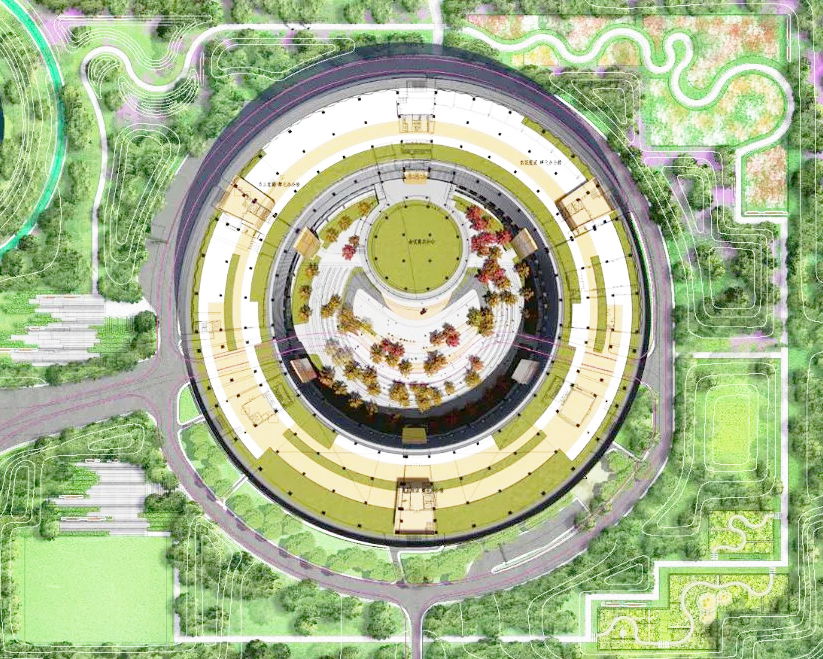
2020 Walter Ryu Collaboration in Seoul with 100 Architects and CARVE
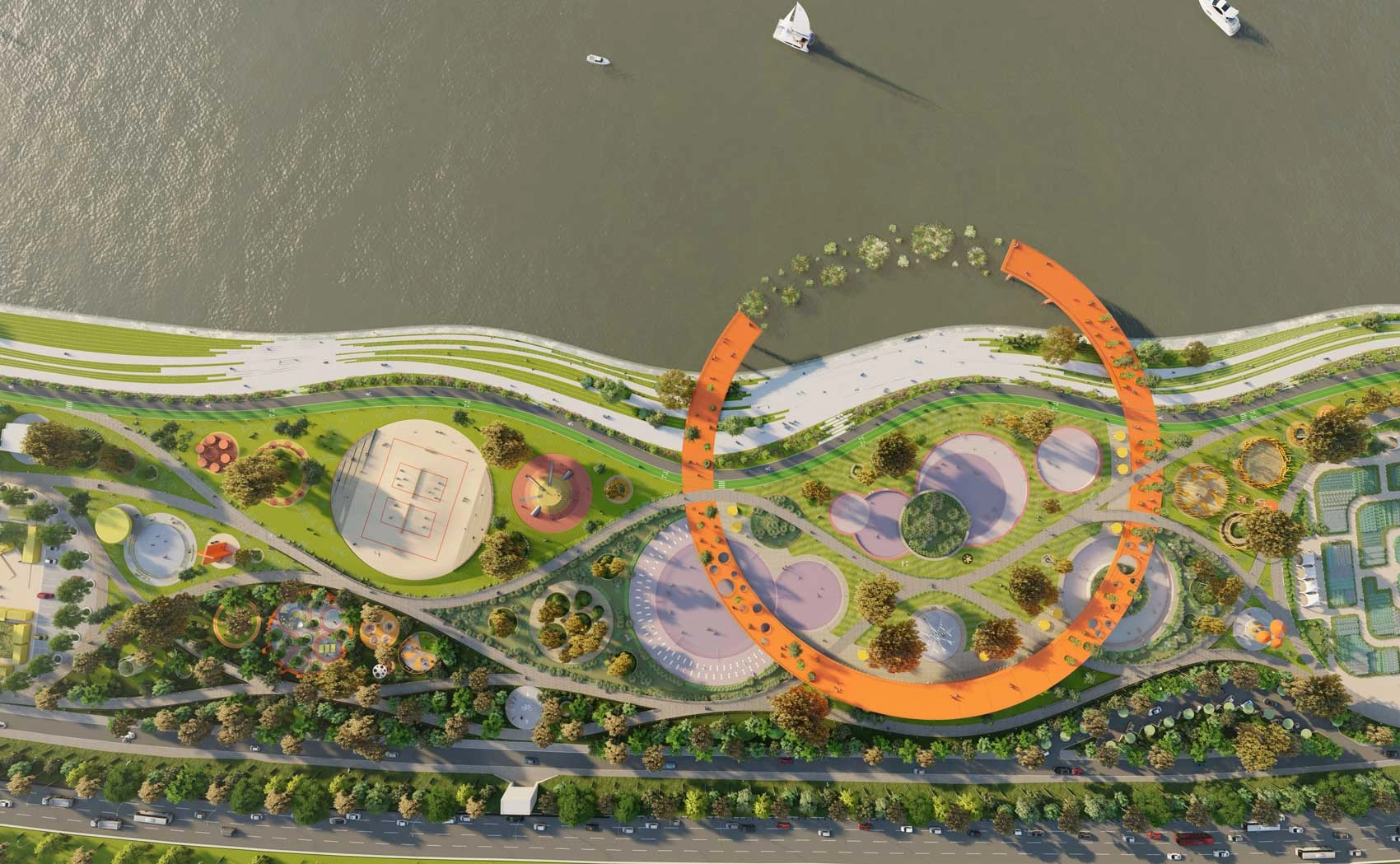
In 2020, I had the opportunity to work on a circular master plan concept in Seoul alongside 100 Architects and CARVE, a project that explored playful, dynamic public spaces within a large circular zone. It was a valuable design exercise, blending urban scale with human-centered design, and aligning with this global language that circles seem to naturally speak.
2025 Osaka Expo – Circular Vision for the Future
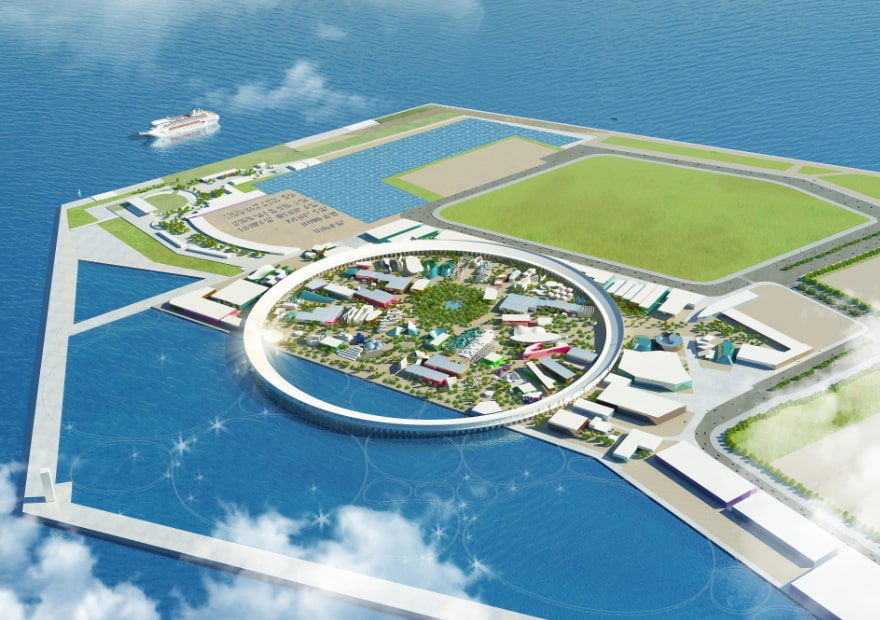
The master plan for the upcoming Osaka Expo 2025 takes the circular form to the next level—a futuristic island framed by a massive ring, echoing themes of sustainability, global connection, and technology. It’s a perfect example of how the circle is being used at the symbolic and infrastructural level.
As a landscape architect, I see this trend not as a fleeting obsession with geometry but as a deeper reflection of how we want our cities and communities to feel—inclusive, connected, and continuous. The circle invites people in. It doesn’t define a start or end—it embraces everything in between.